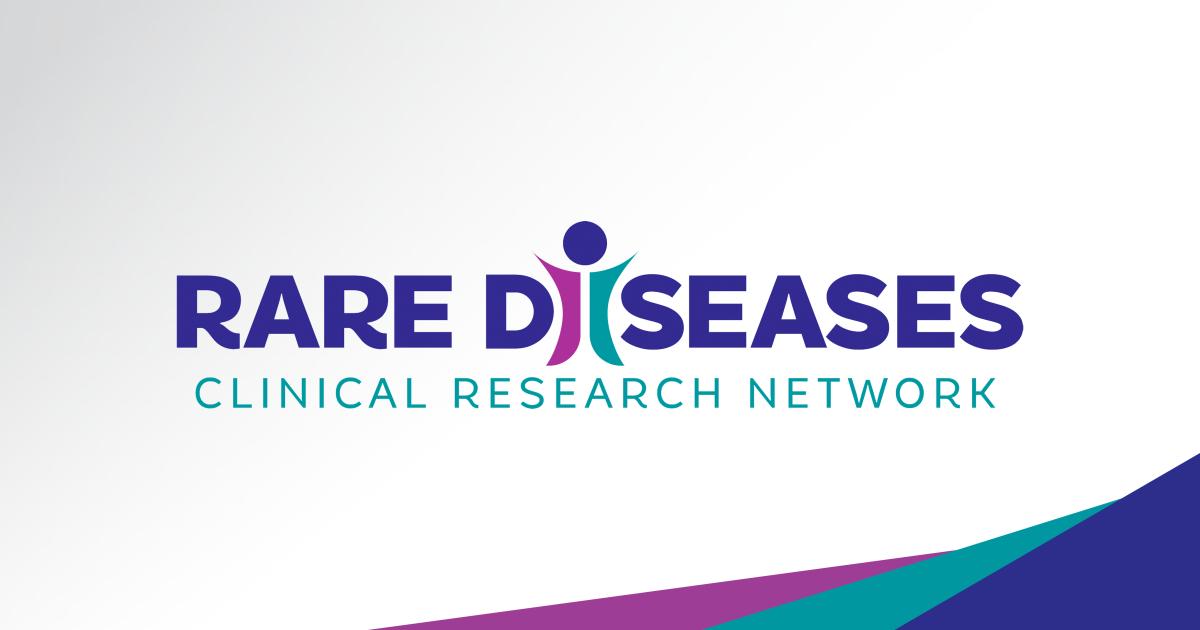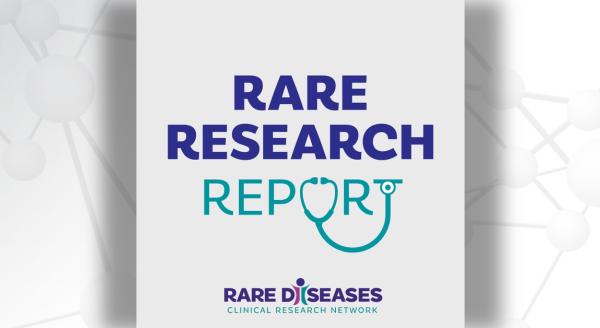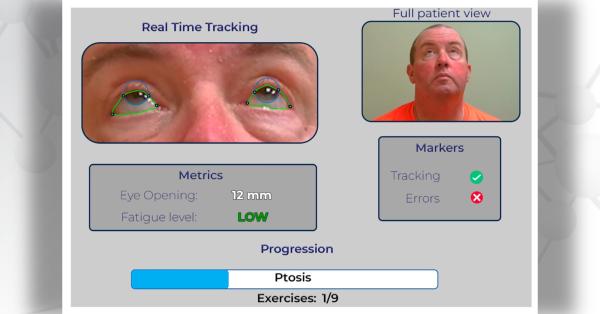The Office of Rare Diseases Research (ORDR) is the parent entity overseeing the RDCRN network. It was established in 1993 within the Office of the Director of the National Institutes of Health (NIH), the Federal focal point for health research. ORDR coordinates and supports rare diseases research, responds to research opportunities for rare diseases, and provides information on rare diseases. In 2002, the Congress and President Bush established ORDR and its responsibilities in statute by enacting and signing Public Law 107–280, The Rare Diseases Act of 2002.
What Does ORDR Do?
- Recommends an agenda for conducting rare diseases research.
- Supports research and training of NIH rare diseases investigators, together with NIH Institutes and Centers, at the NIH Clinical Center and medical research centers throughout the nation.
- Supports the Rare Diseases Clinical Research Network (RDCRN) (http://www.RareDiseasesNetwork.org/) and other scientific opportunities.
- Coordinates and encourages cooperation in rare diseases research.
- Responds to scientific opportunities and builds international collaborations.
- Supports an extensive scientific conferences program.
- Co-sponsors, with the National Human Genome Research Institute, the Genetic and Rare Diseases Information Center.
- Provides information on genetic and acquired rare diseases in English and Spanish to patients, their families, health care professionals, and researchers.
- Compiles yearly reports for Congress and the public about NIH-supported scientific research plans on rare diseases.
Stephen C. Groft, PharmD,
Director of NIH's Office of Rare Diseases Research (ORDR)







